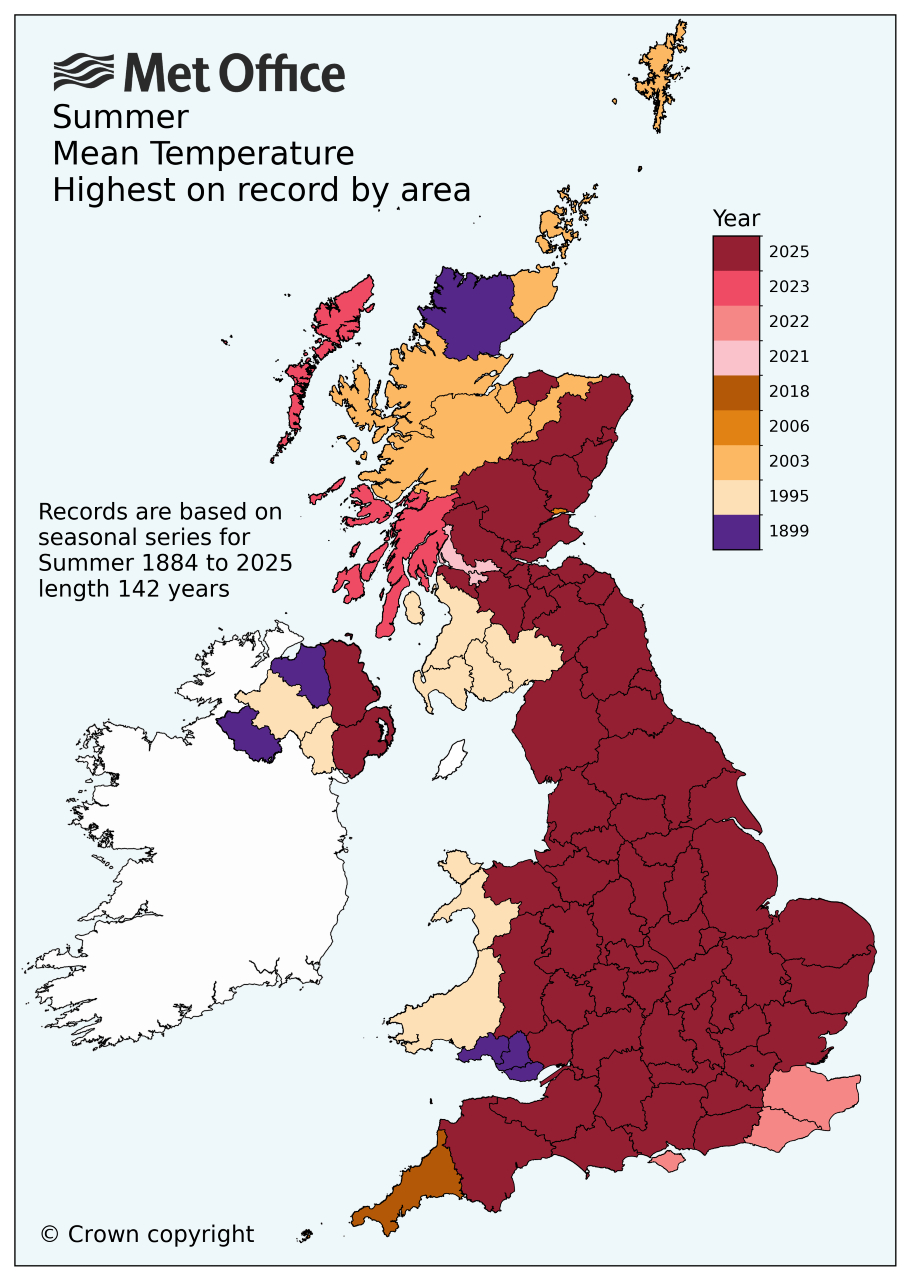Climate change impact studies conducted by AXA Climate show that without any shift in practices from now until 2050, maize yields could drop by as much as 30 per cent in the most exposed regions, and vineyard yields by 45 per cent.
However, modelling of the implementation of agroecological practices reveals that the simultaneous activation of several levers. such as reduced tillage, the introduction of cover crops, and organic fertilisation, could result in gains of up to 20 per cent for wheat. These simulations, which must be verified locally on a case-by-case basis but provide a blueprint for an agricultural transition.
Despite these long-term benefits, the agroecological transition is often hampered by uncertainties regarding yield losses, upfront investments, and technical complexity. The new white paper from AXA highlights that in some cases, the transition can improve profitability, while in others, it leads to additional costs or greater exposure to risk. In reality, there are as many pathways to transition as there are combinations of soils, climates, crops, and practices.
The white paper presents six real-world examples of changes in agroecological practices (reducing chemical inputs, widespread use of cover crops, changes in soil management, etc.) that have already been tested in the field, supported by monitoring tools, yield analysis, and tailored risk management solutions.
Antoine Denoix, CEO of AXA Climate, sums up: “Understanding the economic evolution of farms in transition is essential. Beyond yields, we must analyse how costs and investments change, in order to estimate margins, the true indicator of viability. The success of a large-scale transition will depend on our ability to maintain a profitable, resilient, and sustainable farming system, while ensuring food sovereignty, territorial vitality, and economic performance.”
© 2019 Perspective Publishing Privacy & Cookies







Recent Stories